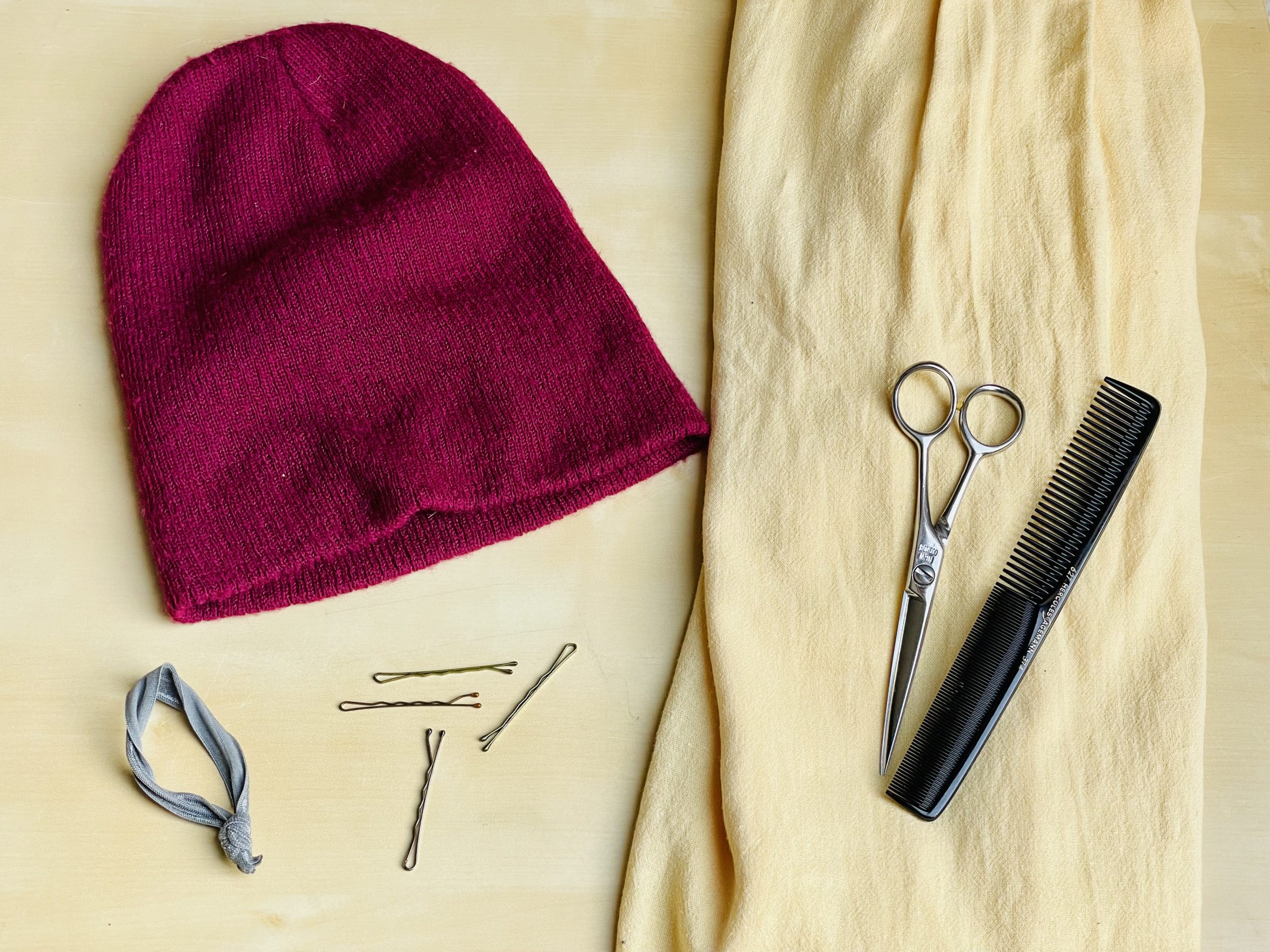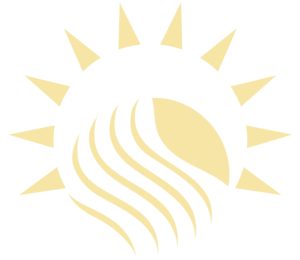Hair-Focused Repetitive Behavior Disorders & Hair Care
Experiences and Possibilities for Intervention
Dissertation Project at the University of Cologne
Studies 1 & 2 2020-2023
Evaluation & Article Writing Phase 2024
Article Submissions 2025
• Learn about Hair-Focused-Repetitive Behavior Disorders
• Stop by for updates
• Benefit from resources
• Follow the academic process
• Sign up for news
• Engage, communicate, connect

D23 Study 1
Article 2 submission phase
The Effect of Hair Care Experiences and Practices on Individuals with Hair-Focused Repetitive Behavior Disorders
The aim of this online survey is documentation and learning. We hope that, based on the results, we will first gain a better understanding of specific personal and professional hair care needs and then be able to develop hair care interventions that can support people in coping with their hair pulling behavior.
Find out more about Study 1 here. Thank you all for participating!
D23 Study 2
Article 3 in submission phase
The Effect of a Mindfulness-based Haircutting Appointment on the Hair Pulling Behavior of Individuals with Hair-Focused Repetitive Behavior Disorders
For this experimental open label study I developed a mindfulness-based hair care treatment and a training for hair professionals. I recruited hair professionals and people with hair pulling disorder through my personal, professional, and academic network, online communities and social media.
The aim of this research project is to find out what experiences those affected by trichotillomania have with a hair appointment specifically created for them, which influencing factors play a role and whether this measure has an effect on hair-pulling behavior and self-confidence.
D23 Article 1 Published
For the first article of my dissertation project, we translated the Beliefs in Trichotillomania Scale into German and validated it with the sample of study 1.
Validation of the German Beliefs in Trichotillomania Scale (BiTS-D)
.
Thank you for participating in the studies!
I would like to express my deep gratitude to the participants of the two studies.
Thank you for taking the time, for being supportive of BFRB research and for sharing a little bit about you.
Thank you dear hair professionals for being part of this research project, for your time, care and positivity. In addition to the questionnaires, I have received over 40 emails from the participants who shared how grateful they were for the experiences you provided.
Thanks to everyone who helped spread the word about the project via magazine articles, podcasts, emails and word of mouth.
Currently, I am writing the articles and preparing the presentation of the results to you!
Linda
The first match is made

Study 2 has started and the first match between a person with hair pulling disorder and a qualified, trained, informed and compassionate professional hairdresser is made. The first out of 60!
Often people with HPD cover their hair or tie it together to hide bald spots. It takes trust to take these tools off and show themselves to another person. The hairdresser needs a cape, scissors and comb and of course a mindfulness, respectful attitude.
Der erste Termin mit einer Betroffenen und einer qualifizierten, ausgebildeten und informierten Friseurin fand statt. Weitere 59 folgen!
Oft bedecken Menschen mit Trichotillomanie ihre Haare oder binden sie zusammen, um die sichtbaren Auswirkungen des Verhaltens zu verbergen. Sie brauchen Vertrauen um sich ohne zu zeigen.
Die Friseurin braucht einen Haarschneideumhang, Schere, Kamm und eine achtsame, respektvolle Haltung.
Life is a big puzzle.
We are some of the many pieces.
Within each of us there are infinite smaller puzzles, hair pulling disorder is one of them.


